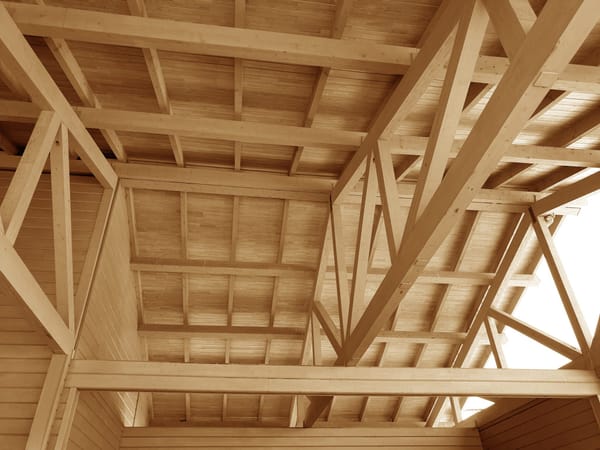Phoenix: Stuck in Slow Gear on Traffic Calming?

Phoenix, the sprawling desert metropolis and the 5th largest city in the US, has a traffic problem. But when it comes to solutions, the city seems stuck in first gear. While speeding is certainly an issue, the only official traffic calming measure offered by Phoenix is the speed hump. Let's put that in perspective.
The Institute of Transportation Engineers, the U.S. Department of Transportation, the National Association of City Transportation Officials, and the Global Designing Cities Initiative – all heavyweights in the transportation world – advocate for a dozen different traffic calming measures. These go way beyond the simple speed hump.
Imagine a Phoenix with:
- Narrowed streets: Creating a physically tighter space for cars naturally reduces speeds and prioritizes pedestrians.
- Raised crosswalks: These make it abundantly clear to drivers that they're entering a pedestrian zone, prompting them to yield and slow down.
- Diverter islands: These strategically placed medians prevent cut-through traffic on residential streets, making neighborhoods safer and calmer.
- Roundabouts: These intersections not only slow traffic but also improve flow and reduce the risk of T-bone collisions.
These are just a few examples. A more comprehensive approach to traffic calming could make Phoenix a safer, more livable city for everyone.
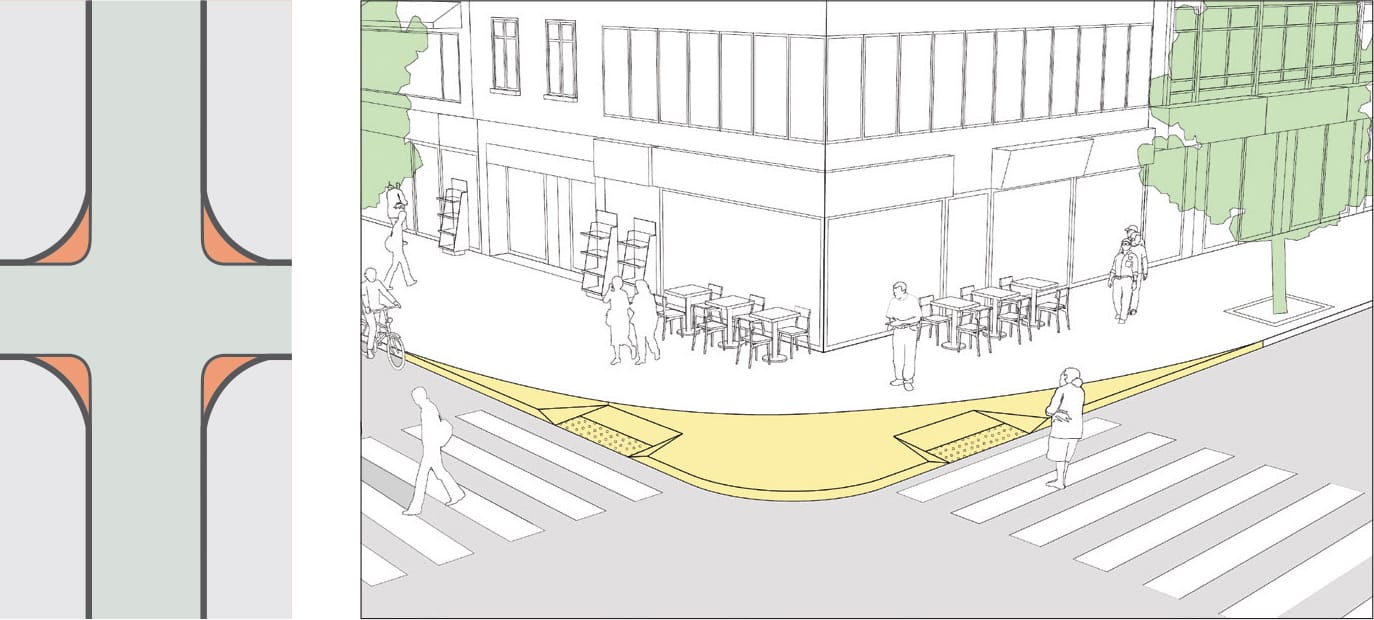
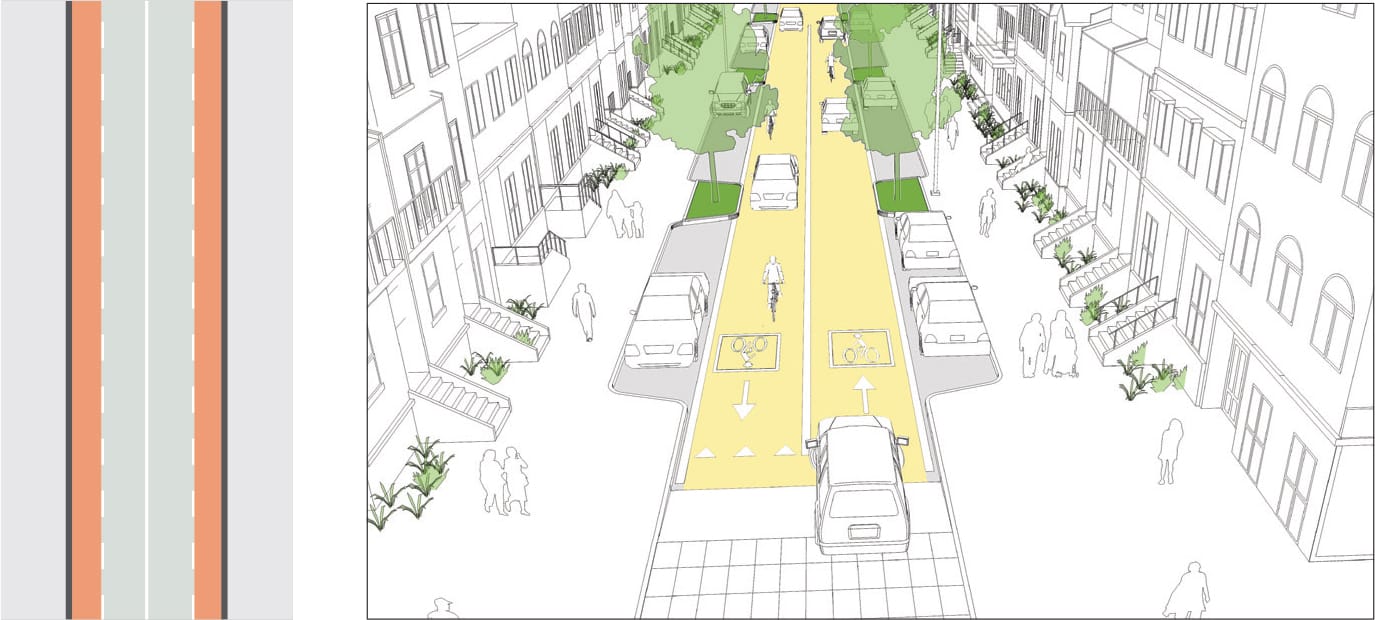
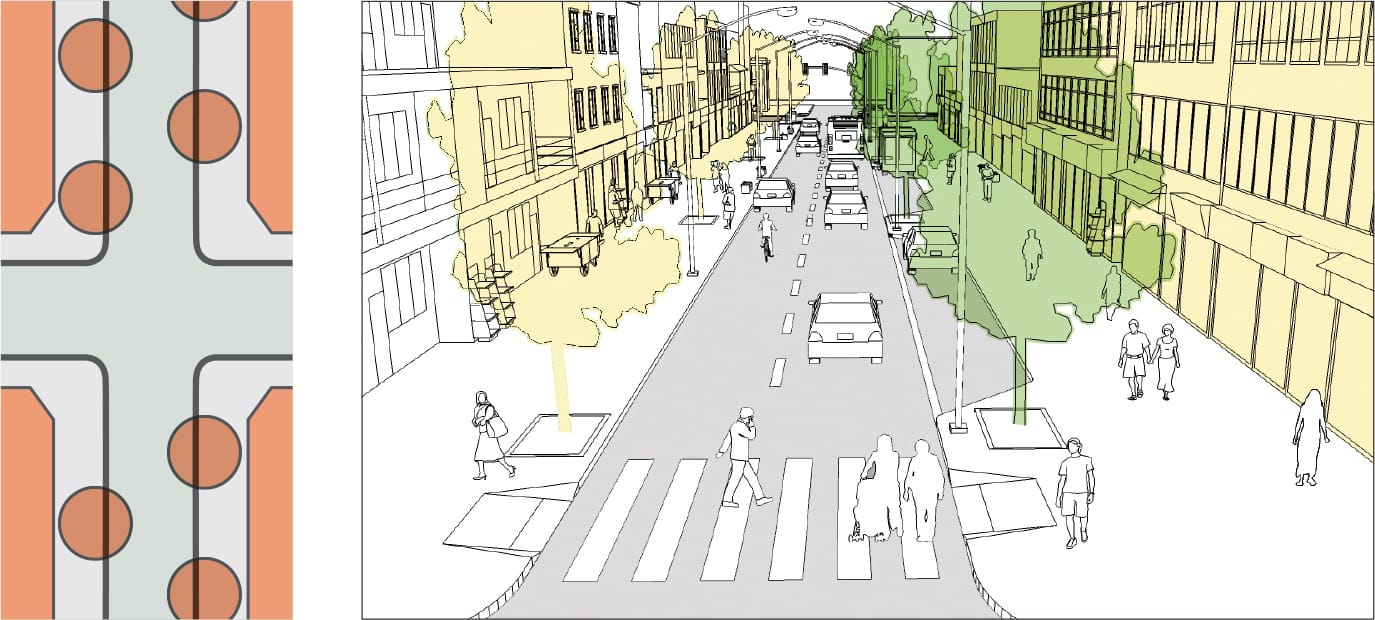
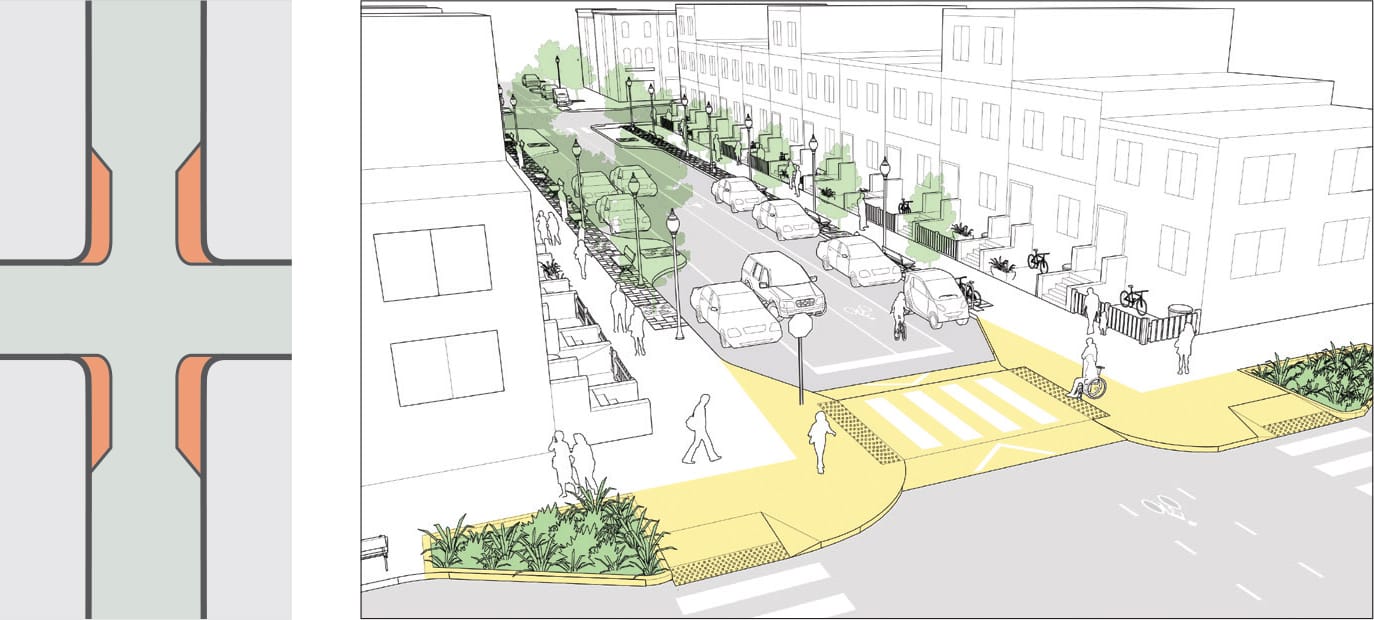
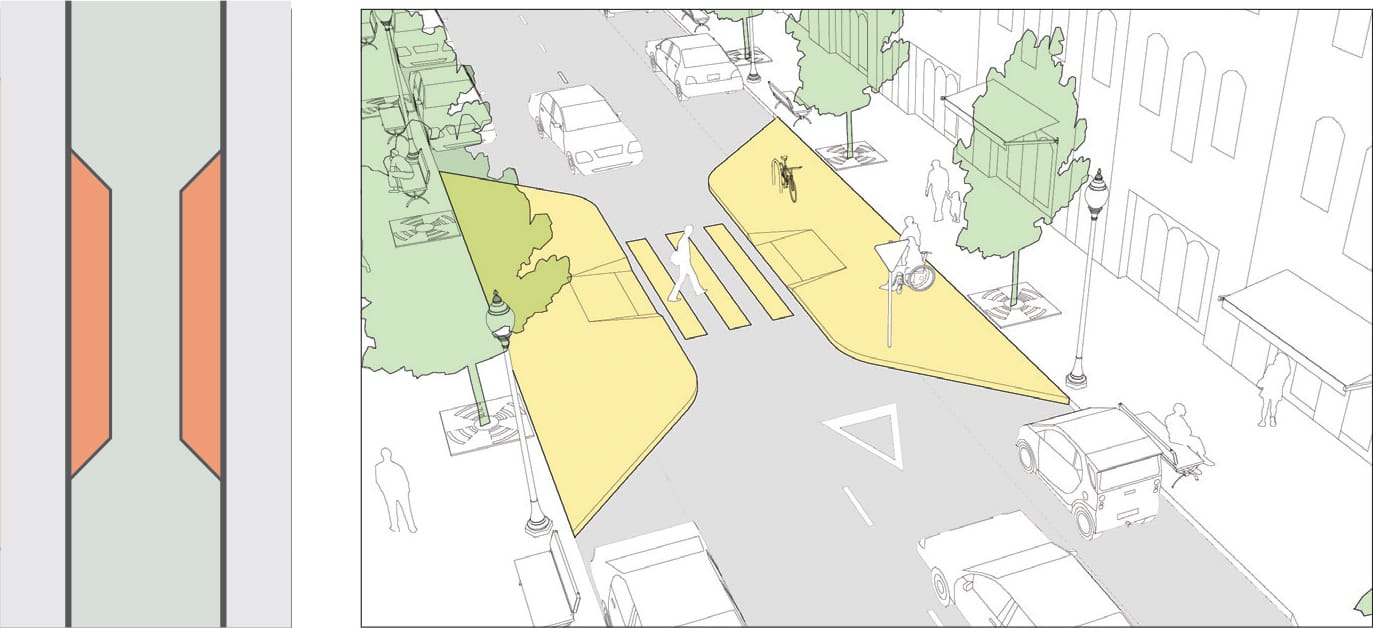
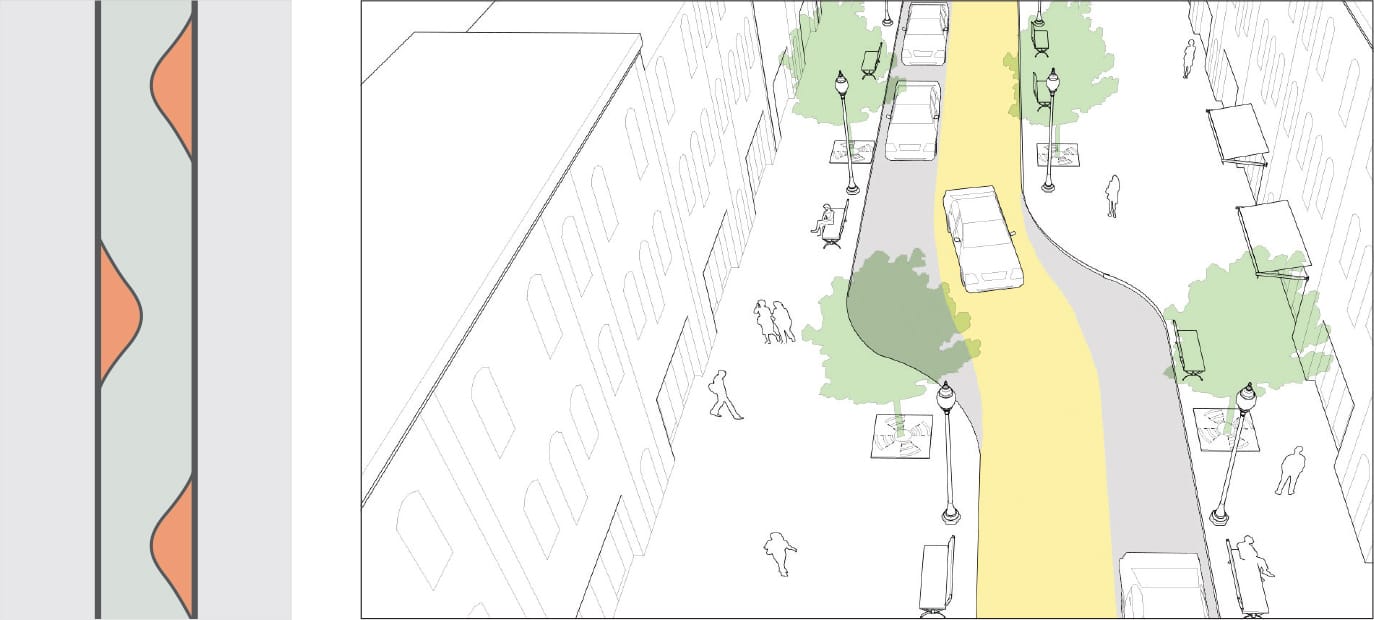
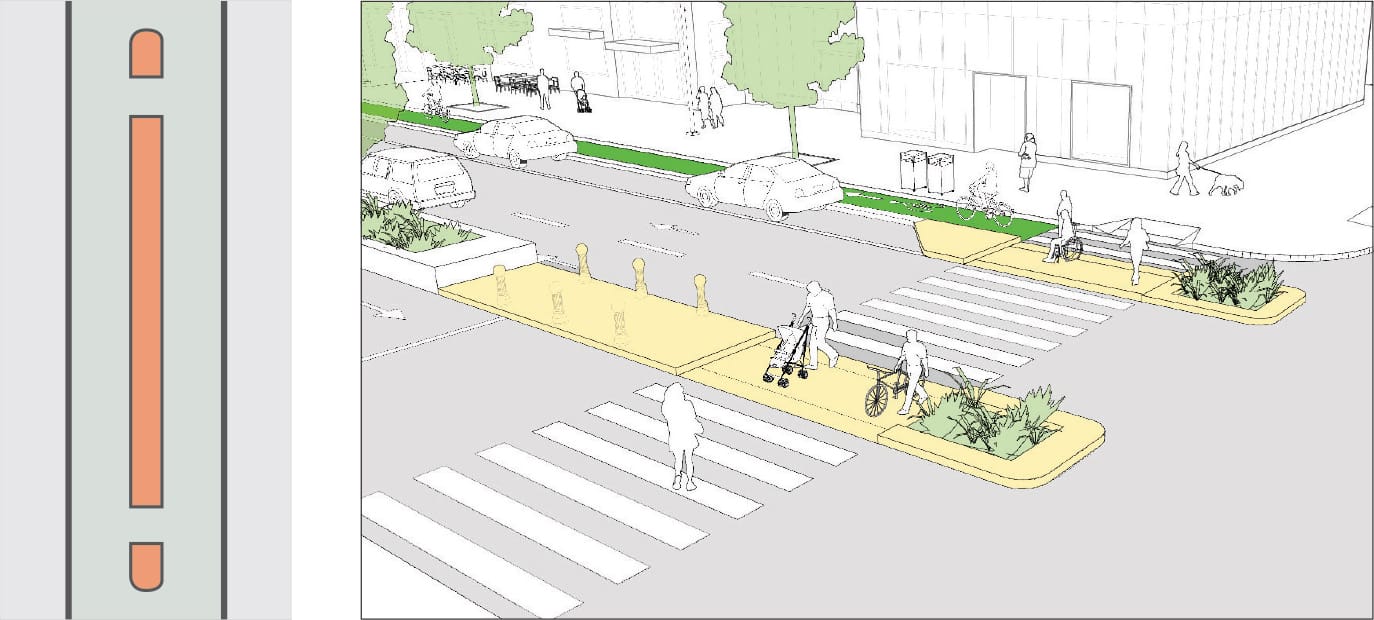
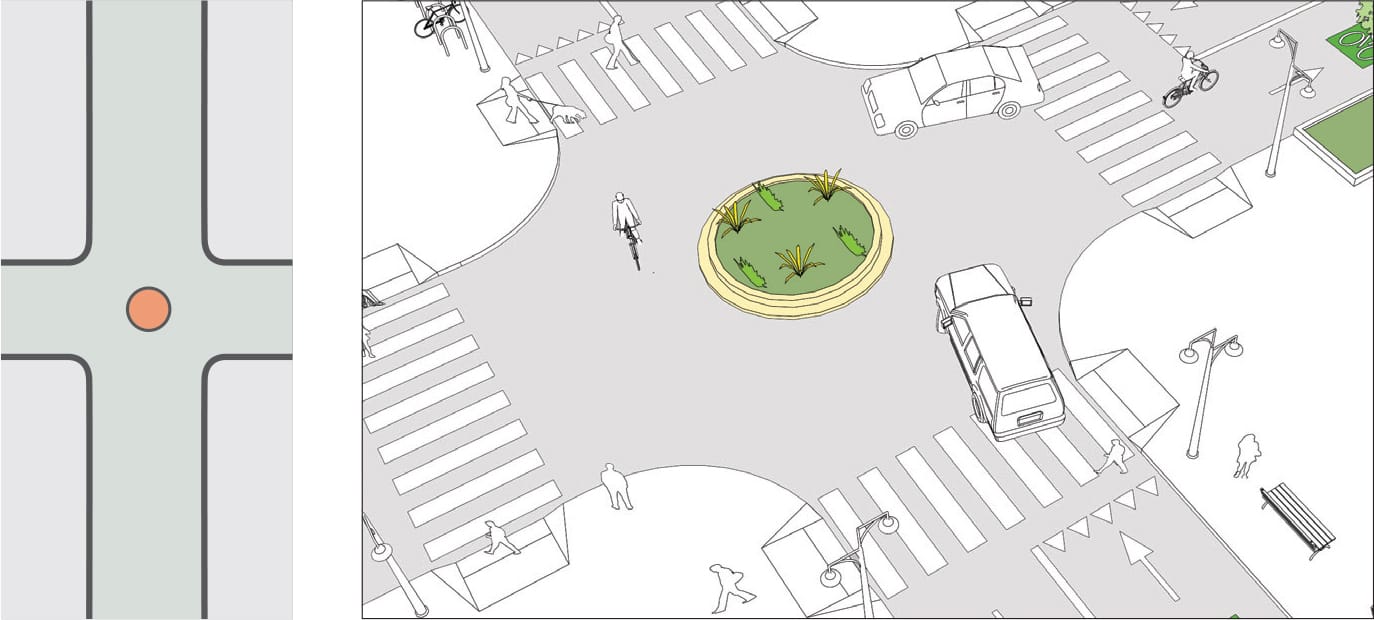
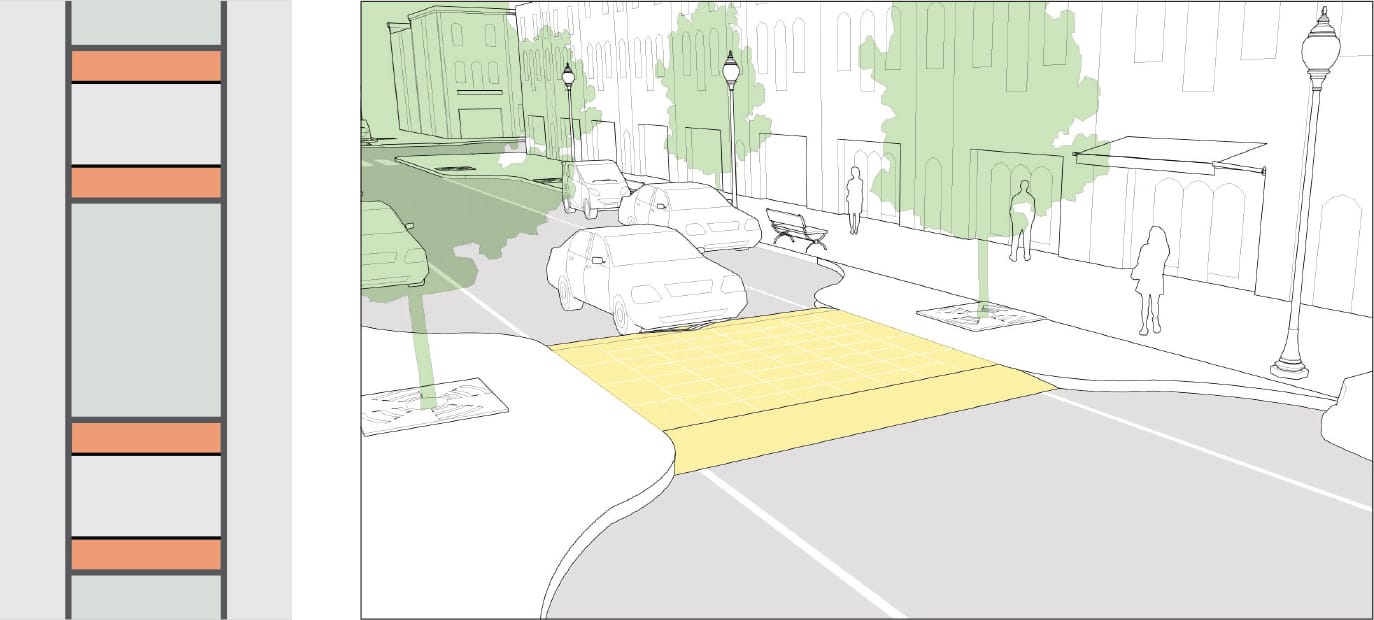
Traffic Calming Strategies from the Global Street Design Guide.
Here's the crux of the issue: Speed humps, while effective in reducing speeds, can be jarring for drivers and cyclists. They also don't address cut-through traffic or encourage alternative modes of transportation.
Traffic calming measures become even more critical when police resources are stretched thin. With understaffed patrols, consistent speed limit enforcement becomes difficult, leaving residents vulnerable to speeding drivers.
Well-designed streets take on a vital role in self-regulating traffic speeds. By incorporating features that physically narrow roadways, prioritize crosswalks, and encourage slower travel, traffic calming infrastructure can compensate for the limitations of police presence, creating a safer environment for pedestrians, cyclists, and drivers alike.

